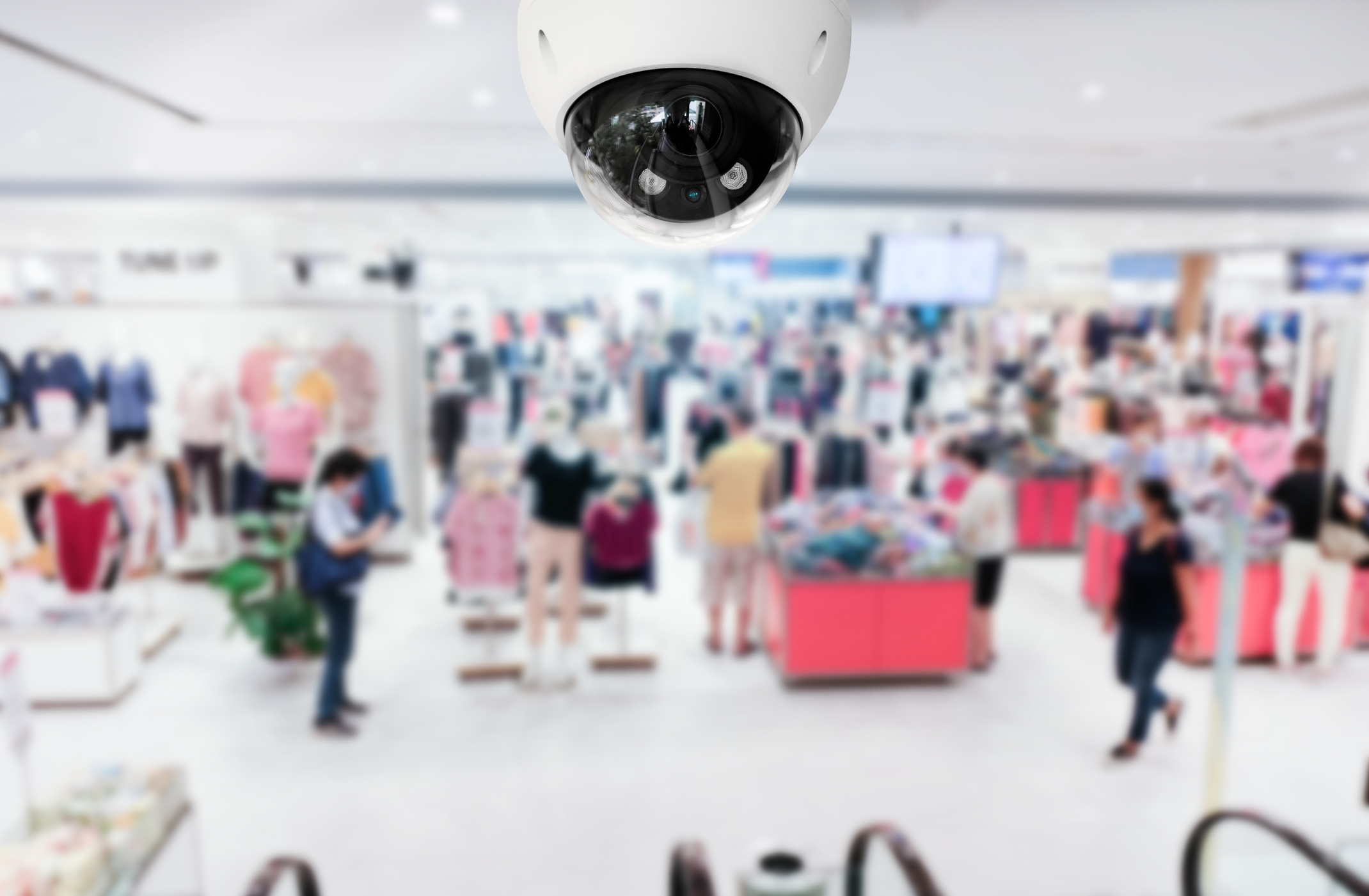As the rise in retail theft continues to plague businesses nationwide, the impact on the retail landscape is clear. The COVID-19 pandemic has created a unique set of circumstances that have contributed to the surge in retail thefts—affecting both large and small retailers. Major chains like Walmart, Target, Walgreens, Lowes, Best Buy and CVS have resorted to locking up certain high-value merchandise to mitigate financial losses.
The sight of locked plastic cases around everyday products has become all too common for consumers. For shoppers, this presents an added step in the shopping process as they seek a store associate to unlock the case—and can you ever find someone to help you when you need it? It also is a visible reminder of the impact that retail theft has on consumers.
Besides inconveniencing consumers, organized retail theft—shoplifting, smash-and-grab robberies, and other larcenies—has significant effects on businesses’ insurance policies.
So, what exactly is retail theft?
Homeland Security Investigations defines organized retail crime as, “the association of two or more persons engaged in illegally obtaining items of value from retail establishments, through theft and/or fraud, as part of a criminal enterprise.” Let’s examine the ways retailers are mitigating organized retail thefts, while they are navigating the insurance complexities that come with them.
Security infrastructure
Whether because of insurance claims or as a proactive approach, the rise in retail thefts has prompted many retailers to invest in security measures aimed at mitigating the risk of theft. These measures include locking merchandise in protective cases; installing security alarms at store entrances; and turning off self-checkout machines. Implementing these measures can reduce the risk of theft and may help reduce insurance costs.
Policy adjustments
As retail-theft claims increase, insurers may be inclined to adjust policy premiums for retail businesses—particularly those operating in high-risk areas like San Francisco, Philadelphia and New York City, where according to a Combating Retail Theft Report, the total number of citywide shoplifting complaints saw a 44% increase from 2021-22. Policy adjustments—particularly premium increases due to retail theft—place added financial strain on businesses still recovering from the effects of the pandemic.
The issue of retail theft has far-reaching consequences, affecting not only the shopping experience for customers, but also the financial health of businesses and the dynamics of insurance policies.
As businesses and insurers adapt to the challenges presented by organized retail theft, the retail landscape continues to evolve, highlighting the importance of finding effective solutions that balance security, customer convenience and economic stability.

Theophilus Alexander
Theophilus W. Alexander has served in both houses of the New York State Legislature. He worked as a legislative analyst for Hon. New York State Sen. Samra G. Brouk, D-55, and he served at the New York State Assembly, as a policy analyst with New York Assembly Program & Counsel. Theo received his Bachelor of Arts degree in Politics from Ithaca College in Ithaca, N.Y.





